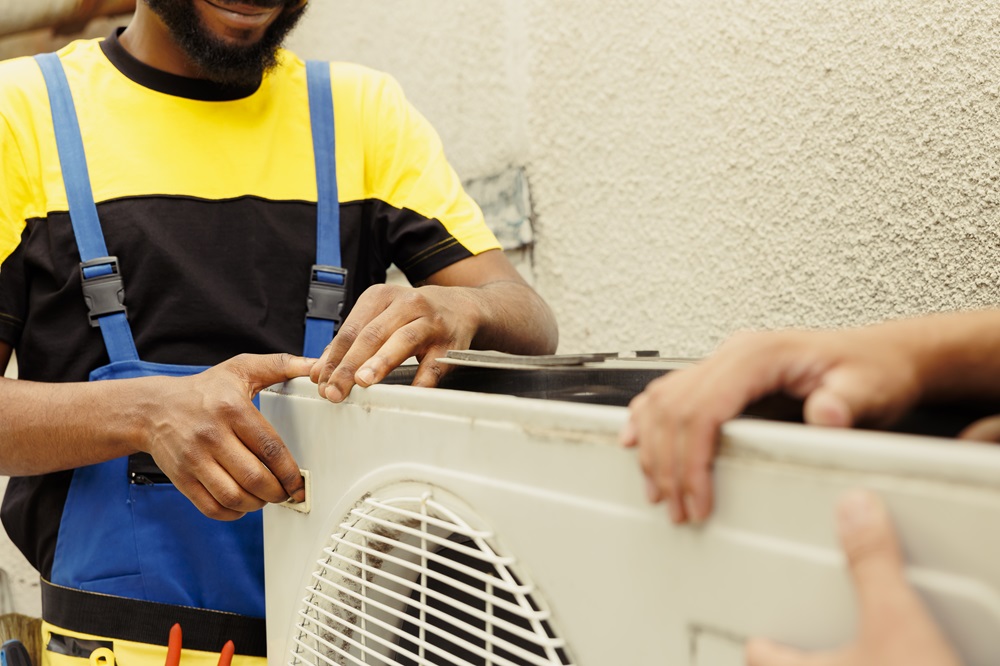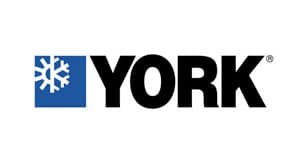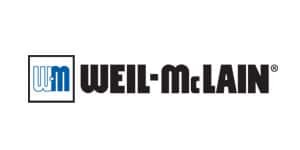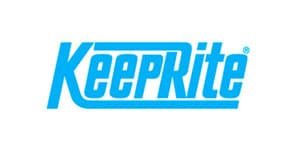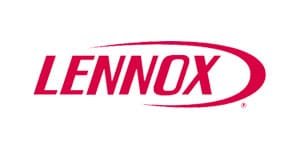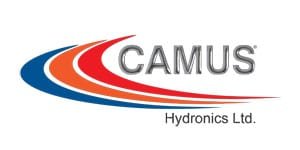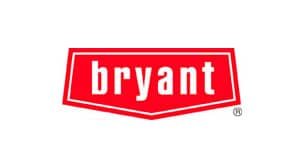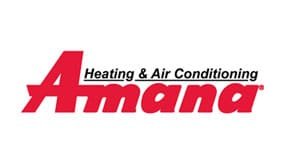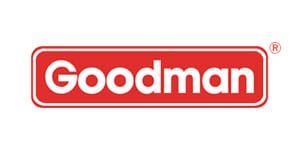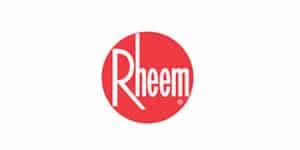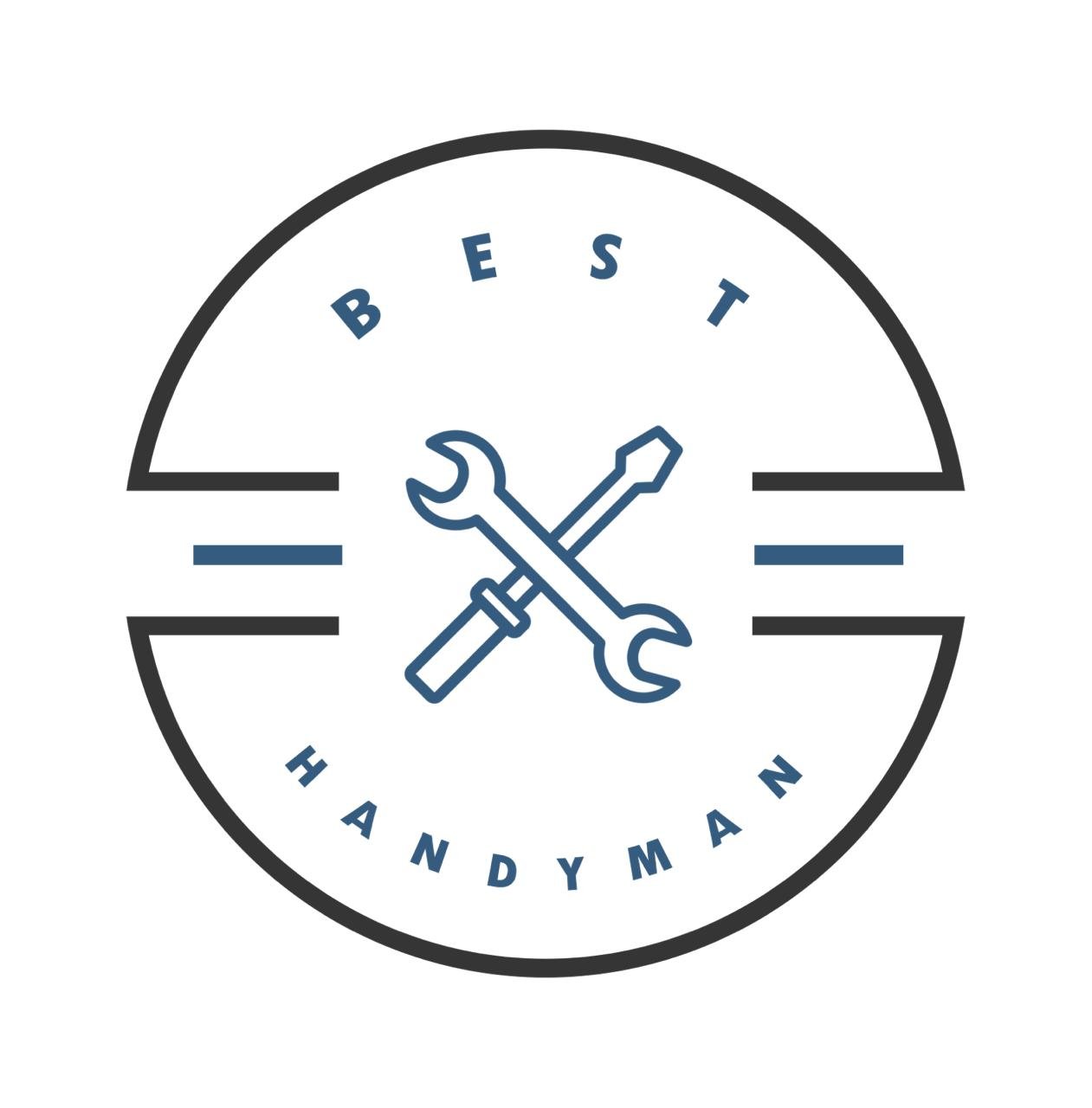Table of Contents
Step 1: Thermostat Problem:
Check to make sure the thermostat is calling for heat, if the thermostat is battery operated check to see if the batteries need to be replaced.
Step 2: Main Circuit Breaker Problem:
Next, make sure that there is power going to the furnace. Check to see if the furnace breaker is turned off or moved in the middle, if it is turned off you can simply turn it back ON and if it’s moved in the middle then you will turn it fully to the OFF position and then turn it back to ON position. This is how you can reset the breaker.
Note: If the breaker is tripped that means there is a possibility of a short circuit in the furnace or electric wire, you then should call an HVAC contractor immediately.
Step 3: Furnace Error Codes:
Remove the front cover of the furnace. You will see the top and bottom compartments of the furnace. On the bottom compartment, you will find a see-through round glass. This see-through glass is to check the furnace fault codes. You can check how many times the LED either red or green or combinations of both lights are flashing. Note the flashing sequence and match it with the LED error codes given on the back of the furnace cover or on the user manual. It depends on what brand of furnace you have will have its own troubleshooting flow chart. You can also find your Furnace error codes at the bottom of this page.
Step 4: Inducer Motor Problem:
Once the thermostat calls for heat, the inducer motor comes on to make sure there is no restriction in the exhaust and intake vent. Inducer motors exhaust the flue gases out of your home when the furnace is working, if the inducer motor stops working your furnace also stops working.
The Inducer motor is located on the top compartment of the furnace.
A simple way to test the inducer motor is by touching it, if it feels too hot that means it’s burnt. Be careful when touching the motor, sometimes it becomes too hot and can burn your fingers.
Step 5: Clear Your Furnace Vents For Blockage:
On High-efficiency furnaces check to see there is no restriction in front of exhaust and intake vent pipes. Sometimes snow piles up and blocks the exhaust or intake vent pipes, which causes the pressure switch to open. Pressure switch which senses negative pressure in the venting turns off the furnace. The furnace pressure switch ensures there is no blockage in vent pipes.
Step 6: Igniter Problem:
- Standing Continuous Pilot
Pilot light out is the most common problem among older furnaces. These furnaces don’t have an Inducer motor. On a call for heat, the gas valve opens and passes the gas to the burners where a small pilot flame that stays ON all the time lights the main burners.
- Spark Igniter
Some high-efficiency furnaces have spark igniter to light the burners. On the call for heat once the inducer motor ensures safe operation then the circuit board sends a signal to spark igniter. It stops sparking after lightening the burners….
- Hot Surface Igniter (HSI)
Most high-efficiency furnaces have HSI. Upon Heat call, the inducer motor ensures safe operation then the circuit board sends a signal to HSI. It glows and lights the burners and stops glowing after lighting the main burners.
(Note) Depending on which furnace you have, if you can see the pilot light, HSI glow, or hear a spark but the burners don’t come on then it’s a furnace Gas Valve, Circuit Board, or Gas related issue.
Step 7: Flame Sensors Problem:
When the burners come ON a flame sensor proves the presence of a flame, without this flame sensor furnace would not know when a flame is present. Furnace’s short cycling is also one of the reasons for flame sensor failure. The circuit consists of a flame sensing rod at the opposite end of the burner assembly from the furnace gas manifold connection. The flame sensing rod is positioned in front of the last burner.
Causes Of Low Or No Flame Current:
· Dirty flame rod
· Cracked ceramic insulator on flame sensing rod
· Cracked or broken flame sensing rod wire
· Poor furnace ground
· Reverse polarity of 115-volt power
· Low gas supply
Step 8: Low Gas Pressure:
Normal L.P Gas pressure 10” to 12.5” W.C. Normal Natural gas pressure is 7” to 11” W.C. Only a certified gas technician can check the gas pressures by using a manometer. Check to make sure your gas supply is in the on position parallel to your gas supply line
Step 9: Clogged Drain:
All high-efficiency furnaces are condensing also known as Category 4 furnaces. All the condensation collects in a collector box where the water exits through a drainpipe to the house drain. Check to see if the drain is clogged. Vacuum it with a shop vacuum to remove any blockage. If the drain gets clogged, it stops the furnace. It can also cause a short circuit of the circuit board, blower motor, poor air quality, and rusting of the furnace. This is why regular furnace maintenance does more than just keep them running.
Step 10: Dirty Furnace Filter:
The furnace filter is also a major cause of furnace Blowing cold air.
The furnace filter is generally on the return duct right before the furnace. A dirty filter causes blockage of airflow. This results in a furnace overheating and shuts off too quickly before your house gets heated up.
It is recommended to replace the furnace filters every 2 to 3 months.
Individual Furnace Brands Repair Guides
Bryant Furnace Troubleshooting
Lennox Furnace Troubleshooting
Goodman Furnace Troubleshooting
Luxaire Furnace Troubleshooting
Keeprite Furnace Troubleshooting
Amana Furnace Troubleshooting
Coleman Furnace Troubleshooting
York Furnace Troubleshooting
American Standard Furnace Troubleshooting
Trane Furnace Troubleshooting
Daikin Furnace Troubleshooting
Daikin Furnace Troubleshooting
Continental Furnace Troubleshooting
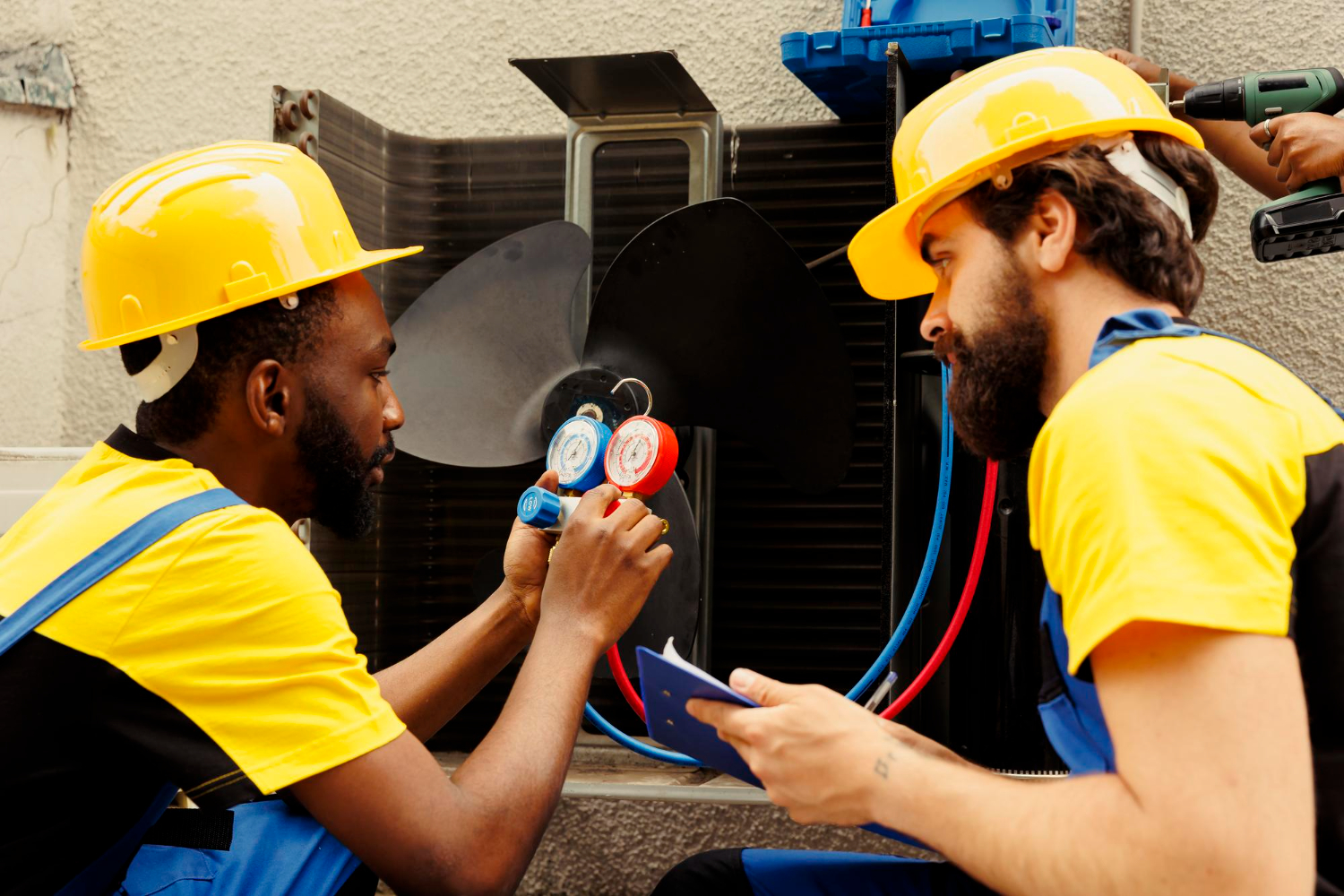
Features
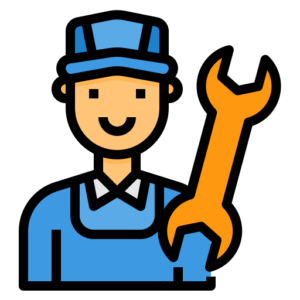
REPAIRS

SERVICE
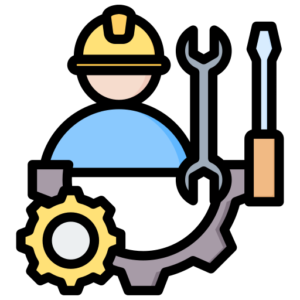
INSTALL

DESIGN
Brands We Sell, Service & Repair
What Our Clients Say
Any complex mechanical system is subject to breakdowns. The only way to keep that in check is have an HVAC technician come and optimize your systems. We also do HVAC Design and install all kinds of heating and cooling equipment.
The Airtronic goal is to deliver great customer service, honest advice and no upsell attempts. We take the time to answer people’s questions so they know enough to make the right choice. We will recommend what is best for YOUR home or commercial property. We are known in the industry for our technical expertise. We offer maintenance plans, equipment repairs, replacements and new HVAC innovative solutions.

